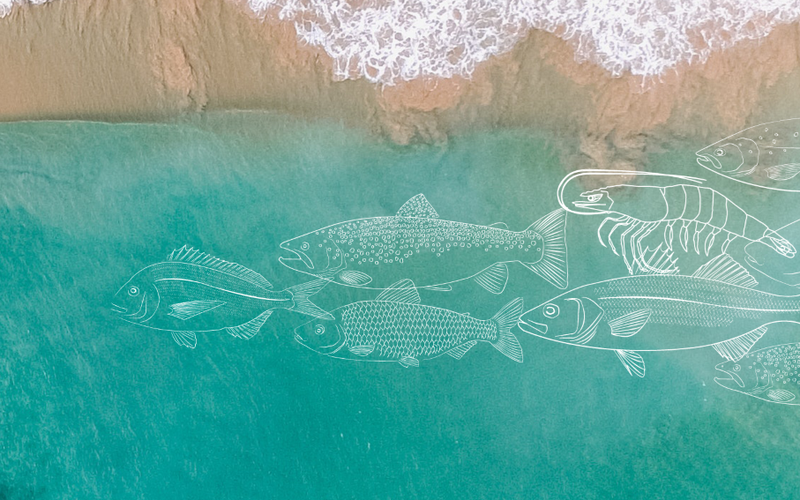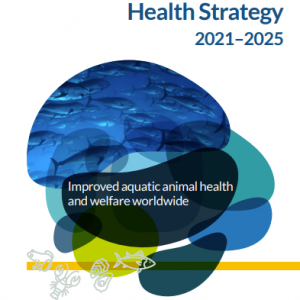Skretting released its Sustainability Report 2020 that identifies some of the key initiatives undertaken to ensure that fish and shrimp producers can increasingly contribute to global food and nutritional security.
Offering more in-depth insight than ever before, and presenting important local and global stories, this new interactive, digital document illustrates Skretting’s actions and achievements in what was an unprecedentedly difficult year for many people, businesses and economies on multiple levels.
These endeavors continued to support Skretting’s overriding sustainability vision to use its unique position in the value chain to enable aquaculture to help feed a global population that will be close to 10 billion people by 2050 in the most responsible manner possible. They were also aligned with the new Nutreco Sustainability RoadMap 2025, which defines the company’s sustainability ambitions for the next five years.
Built upon the three pillars of Health & Welfare, Climate & Circularity, and Good Citizenship, and representing relevant UN Sustainable Development Goals (SDGs), the RoadMap pinpoints where and how Skretting intends to make a difference through its operations, and as part of the broader value chain. These activities are supported by dynamic monitoring tools.
Specifically, the Health & Welfare pillar primarily focuses on the company’s commitment to reduce Antimicrobial Resistance (AMR), while the Climate & Circularity pillar concentrates on delivering a significant reduction in greenhouse gas emissions.
Through the adoption of Science-Based Targets (SBT) by Nutreco, the company committed to reduce absolute Scope 1 & 2 emissions 30% by 2030 from a 2018 base year and Scope 3 GHG emissions 58% per unit of value-added over the same timeframe. To meet the Scope 3 goal, Skretting and Nutreco will continue working on deforestation-free sourcing, developing and using novel ingredients to achieve the target that by 2025, 5-10% of the feed ingredients come from alternative, novel sources, and cooperating with suppliers to reduce their GHG emissions. Finally the Good Citizenship pillar targets further improvement in diversity and inclusion as well as community development.
The report illustrates how the Sustainability RoadMap 2025 governance transitions into practical policy, such as the new Soy & Oil Palm Sourcing Policy and the Code of Conduct for Business Partners that were introduced in 2020. Together, these documents strengthen the company’s commitment to using sustainable ingredients through collaboration with suppliers and other business partners in the supply chain and will guide the goal of deforestation-free soy and oil palm ingredients in 2025.
Introducing the Sustainability Report 2020, Skretting CEO, Therese Log Bergjord, said that “ while the 2.3 million tons of feed that we produced in 2020 resulted in the delivery of more than 21 million seafood meals every day of last year, our focus is always on the future, particularly on what aquaculture can do better for people and our planet. Therefore, I am delighted that we were able to finalize the Sustainability RoadMap 2025 as it sets out specific targets for our progress and engagement. Through these, we are ideally placed to help our partners around the world, and to accelerate the sustainable growth of the aquaculture industry.”
“Nutreco’s purpose is ‘Feeding the Future’, and for aquaculture to truly achieve that aim – bridging the gap between the supply and the rising demand for sustainable seafood – it’s clear that we must all fast-track new innovations and cleaner and greener ways of producing these vital foods,” said José Villalón, Nutreco sustainability director.
Read Skretting’s Sustainability Report 2020 here.










